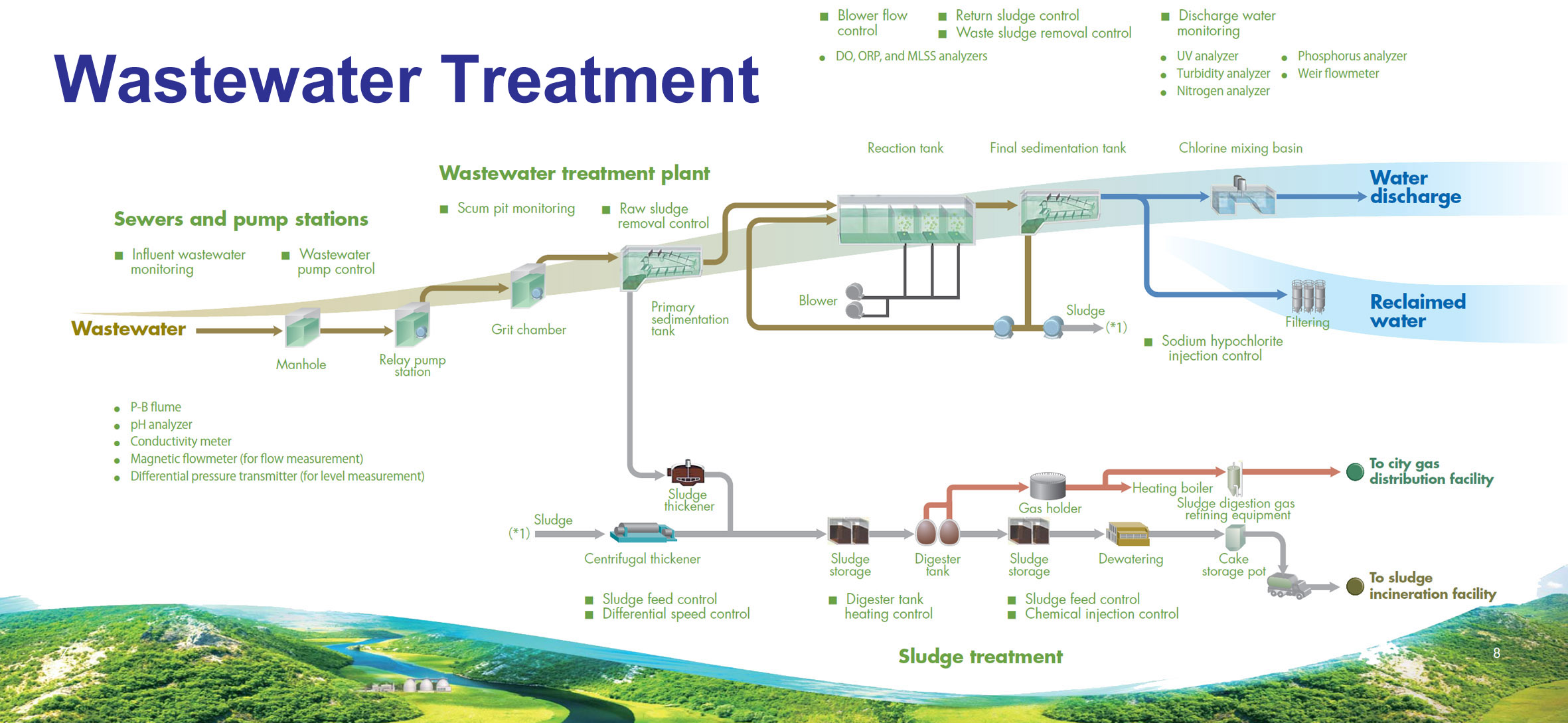

Note: Combined sewer overflows correspond to the stormwater and wastewater conveyed into a combined sewer that are discharged directly into receiving waters because they exceed the capacity of the sewer system or treatment plant. Volume Volume discharged by treatment category Footnote 6 These factors could have an influence on the development of centralized wastewater treatment infrastructures.

Population served by province and territory The efficiency of those treatment systems can be similar to larger municipal wastewater systems. In this indicator, their populations would be considered as "not served" by municipal wastewater systems. Those communities tend to rely on independent systems, such as septic systems, or small scale collective systems. For example, communities where population is spread over a large geographical area are challenged when it comes to providing centralized infrastructures to collect and treat wastewater. Tertiary treatment: Removing specific substances of concern (solids, nutrients and/or contaminants) after secondary treatment using a number of physical, chemical or biological processesĪ variety of factors, including Canada's physical geography and population density influence the proportion of population served by municipal sewers.Secondary treatment: Removing organic matter and suspended solids using biological treatment processes and secondary settlement.Primary treatment: Removing a portion of suspended solids and organic matter by physical and/or chemical processes.No treatment: No treatment process or only screening and/or grit removal.The treatment processes presented can be summarized as follows: Treating wastewater before it is released into lakes and rivers reduces the risks posed to human health and the environment. Municipal wastewater can contain human and other organic waste, nutrients, pathogens, microorganisms, suspended solids and household and industrial chemicals.

It contains sanitary sewage and is sometimes combined with stormwater from rain or melting snow draining off rooftops, lawns, parking lots and roads. Municipal wastewater refers to used water from homes, businesses, industries and institutions that drain into sewers. Source: Statistics Canada (2020) Table 38-10-0125-01 Population served by municipal wastewater systems by treatment category and Statistics Canada (2017) Population and dwelling count highlight tables. Data were unavailable for the populations located in the Northwest Territories, Nunavut and north of the 54th parallel in the provinces of Quebec and Newfoundland and Labrador. Note: Only the population served by municipal wastewater systems with a daily flow of 100 cubic metres or more was considered.


 0 kommentar(er)
0 kommentar(er)
